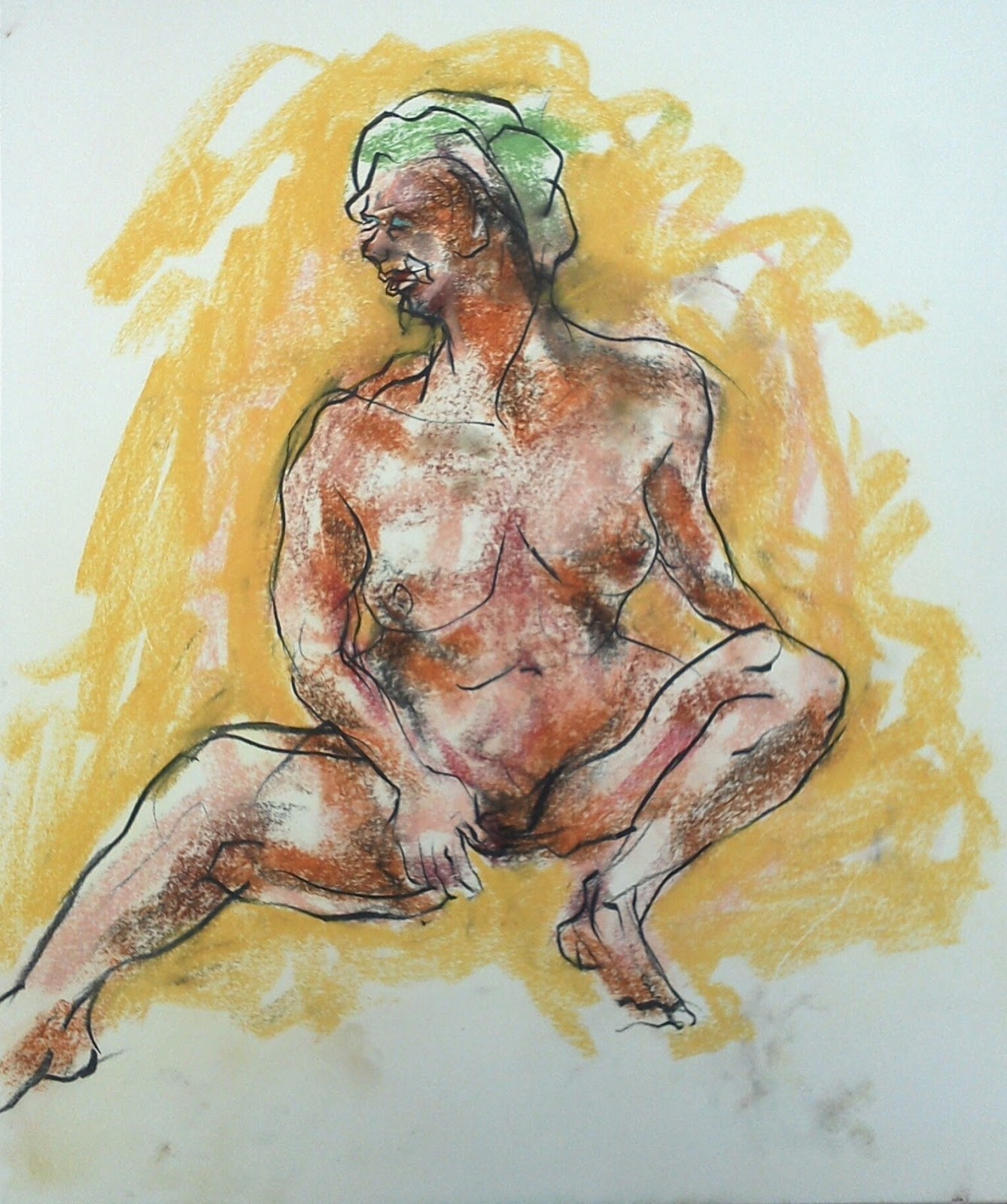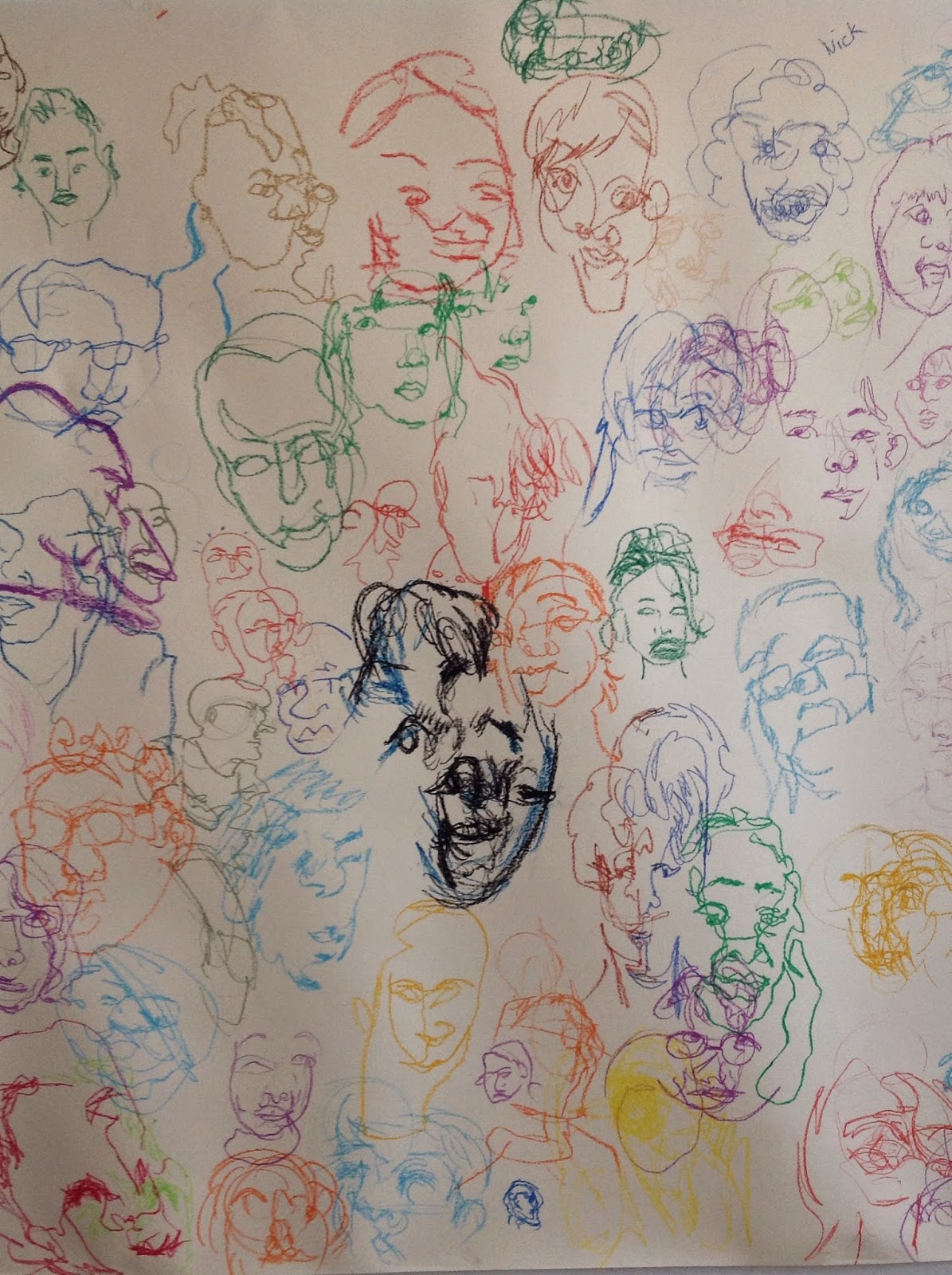 |
| Harps of Heaven editor in chief Dahlia Danton |
Like hysteria and influenza, disgruntlement among scribes is contagious. When the stakes are truly inconsequential tempers tend to flare like bottle rockets. As a fair weather contributor to The Harps of Heaven, that petulant west coast arts and culture journal that reads more like an elevated Page Six than a serious intellectual document, I have been long witness to the slow boil of insurrection disrupting the ion ratio of their editorial office.
Maybe it was inspired by the implosion of The New Republic or merely the consequence of too many hot toddies at the Christmas party, suffice it to say, there's big trouble beneath the palms.
 |
| Rivals Schoffman and Macfadyen in a rare moment of détente |
The long standing enmity between Los Angeles painter David Schoffman and Maine's literary majordomo Nim Macfadyen is well known. A minor dispute that has distilled over the years into a fine fermented hatred has turned editor Dahlia Danton into the Ban Ki-moon of the art world. Few seem to understand the genesis of their mutual aversion but I've heard from one insider that it has something to do with furniture.
And as if that's not bad enough, at a recent meeting with their board of directors (which includes such luminaries from the techie world like Arvinda Mataba of SmartSocks, Kim Takiwati from MilkMilk.com and PlantIt's CFO Stephanie Shorenburg), it was decided to shift the focus of the journal away from hard arts journalism and more toward a dinner-theater potpourri of idle gossip, celebrity parenting advice and self-help book reviews.
If the rumors turn out to be true Harps stalwarts like Sophia Lagrimar, Clement Digby, Orestia Shestov and Currado Malaspina have all resigned in protest. Macfadyen, whose unhealthy fascination with his divinely demanding editor is legend has decided, against all logic, to remain loyal.
Also clinging to the hull of this sinking junk
is the flailing David Schoffman.
Why?
Who knows ...
Also clinging to the hull of this sinking junk
is the flailing David Schoffman.
Why?
Who knows ...
















































